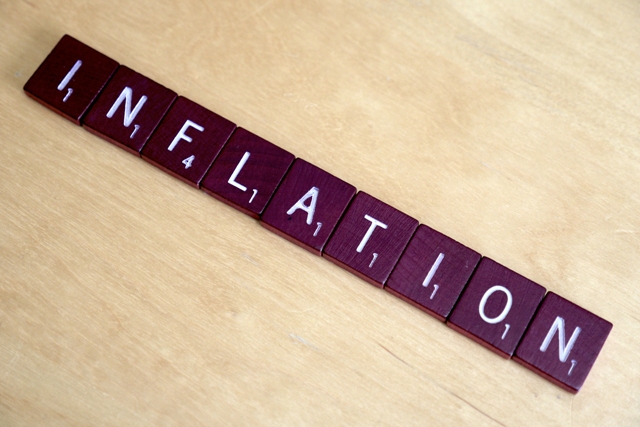Philippines: Inflation hits 2.7% in Jan
MANILA, Philippines – Consumer prices accelerated to 2.7 percent in January, the fastest in more than two years since it registered at 3.7 percent in November 2014, the Philippine Statistics Authority (PSA) reported yesterday.
The rapid uptick was driven mainly by the higher price adjustment in the heavily-weighted indices of housing, water, electricity, gas and fuel, the PSA said.
The latest inflation figure was slightly higher than the 2.6 percent rate recorded in December, and more than twice faster than the 1.3 percent in January 2016.
Despite the rapid rise in consumer prices in January, BSP Governor Amando Tetangco Jr. said inflation was well within the 2.3 percent to 3.2 percent forecast made by the central bank.
He said authorities expect inflation to follow a slow path to within the target range of two to four percent set until 2020.
“We are closely monitoring developments, including the emerging form and magnitude of the tax reform program as well as those from the external front, and their impact on our own price and growth dynamics,” he said.
The Monetary Board is set to hold the first of its eight rate setting meetings this year tomorrow.
Chidu Narayanan, economist for Asia at Standard Chartered Bank, said inflation would not be a major concern for the BSP, allowing monetary authorities to keep policy rates on hold this year.
“We expect inflation to be higher this year due to the combination of low-base effect, higher commodity prices and also some domestic inflationary pressures. However, we do not think the increase will be significant enough to cause the BSP to hike rates this year,” Narayanan said.
ING Bank chief economist for Asia Tim Condon, on the other hand, said the BSP would likely raise interest rates by 50 basis points in the second half.
“Booming growth makes the Philippines a broad reflation candidate. Falling inflation expectations would argue otherwise,” he said.
Core inflation, meanwhile, which excludes selected food and energy items, registered a flat growth of 2.5 percent in January from December 2016. In January 2016, core inflation was placed at 1.8 percent.
“The faster spike in transport and gas and other fuels costs can be traced to the increase in petroleum prices as the oil market rebalances after the recent decision of the Organization of the Petroleum Exporting Countries to cut oil production by 1.2 million barrels per day,” said Socioeconomic Planning Secretary Ernesto Pernia who is also the director general of the National Economic and Development Authority (NEDA).
Despite the pickup in inflation in January, growth in the food index decelerated to 3.4 percent in January from 3.6 percent in December. This was due to downward price adjustments in the prices of fruits, vegetables, meat, corn, sugar, jam, honey, chocolate and confectionery.
Higher price adjustments, however, were recoded for fish as well as oils and fats.
Rice inflation also rose 1.8 percent in January from 1.6 percent in December.
Damage inflicted by typhoons Karen and Lando on rice paddies likely contributed to reduced supply of rice, Pernia said.
“In some areas like Cagayan Valley and Central Visayas, the planting calendar was delayed, which resulted in lower production in the fourth quarter,” he said.
The shift to a unitary excise rate for cigarettes this month as mandated by the Sin Tax Reform Law may also influence growth in inflation this year.
Source: http://www.philstar.com/business/2017/02/08/1669996/inflation-hits-2.7-jan


 English
English




